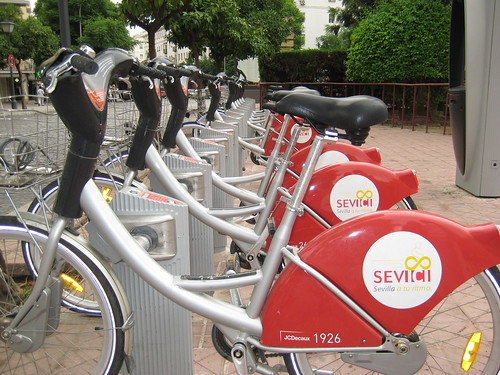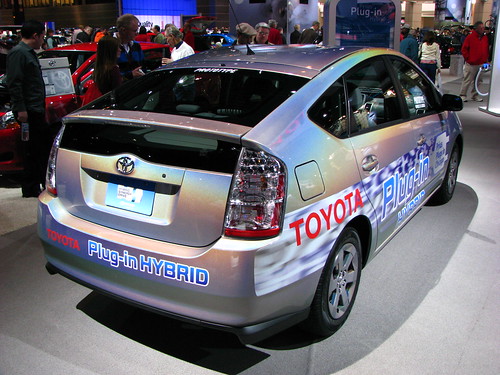
I attended the IBM Industry Analyst event in Madrid recently and I was very taken with several of the briefings that I sat in on there.
There was an interesting panel on Smarter Cities chaired by IBM Europe’s VP for Smarter Cities Sylvie Spalmacin-Roma. Also on the panel were Francois Grosse (SVP Digital Services, Veolia Environment) and Marc Sanderson International Investments Director, Málaga City. Francois talked about how Veolia Environment works with public transport data and spun off a startup to meet demand in this space. Marc from Málaga gave a very interesting talk about how the city of Málaga is running many projects simultaneously to transform itself into a truly Smart city.
Some of the things Marc mentioned in Málaga are the water sensor project – Málaga has installed 60,000 sensors on its water piping to help it reduce the amount of water lost through leaks. This is particularly relevant given the recent Water 20/20: Bringing Smart Water Networks Into Focus report which maintains that more efficient use of water may save utilities $12.5 billion a year.
Málaga’s emergency management centre has an app that citizens can download to report issues directly to the town hall.
Málaga is the headquarters for the EU’s high speed rail research and it is currently building an 80km high speed rail test track.
Marc went on to point out that that Málaga has a joint project with Spanish electric utility company Endesa called Smart Cities Málaga where it is rolling out smart meters to 17,000 customers and tracking their energy use in an effort to make consumption more transparent to the customer and align the supply and demand curves.
And finally Marc mentioned Málaga’s Zero Emissions Mobility to All project Zem2All. This is a project which sees the deployment of 200 electric vehicles and 229 electric vehicle charge points throughout the city.It is a four year project designed to assess the usage patters of electric vehicle usage on a day-to-day basis. The project contains some of the first bidirectional electric car chargers in Europe – these chargers are capable of taking a charge from the car, as well as charging the car. This is to enable Vehicle to Grid (V2G) energy flows where electricity can move from the car’s battery back into the grid to help with grid stabilisation, for example, and to enable Vehicle to Home (V2H) energy flows where energy can move from the car’s battery into the home to keep the owners dwelling live in the event of short electrical outages.
The Málaga example is a superb one because it crosses so many domains – water, electricity, transportation, and it includes deep partnerships between the public and private sectors. One of the reasons this was made possible was because the Mayor of the city Francisco de la Torre Prados has been a strong proponent of building Málaga’s reputation as a smart city in order to attract in jobs and reduce Málaga’s 30% unemployment rate. Here’s hoping he succeeds.
Apart from this panel discussion, there were also briefings at the event covering all kinds of topics from data center energy management, to social business and most interesting (to me) one titled “Technologies which will change the world” – more on that in another post.
IBM analyst events are always a great reminder of the breadth of IBM’s interests, and this event was no exception to that pattern. My only quibble with the event would be I’d have preferred the smarter cities panel to have taken the form of a briefing, but given they had customers presenting, I can see how that would have been difficult.
[Full disclosure – IBM paid for my travel (train) and accommodation expenses to attend this event]
Image credit nicadlr


